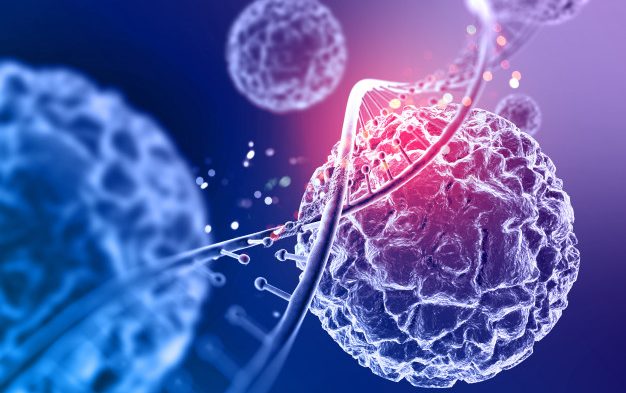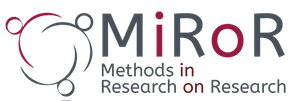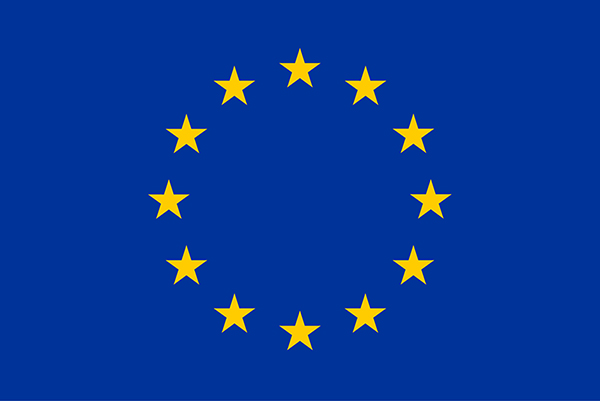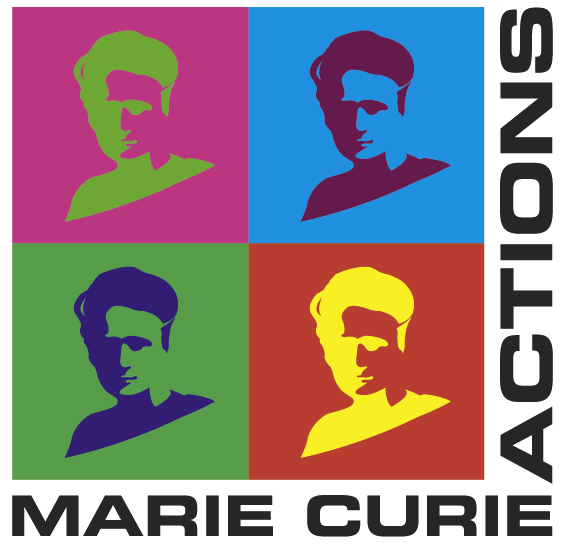How to tell if a genetic profile offers valid information about your risk of getting breast cancer?
How to tell if a genetic profile offers valid information about your risk of getting breast cancer?
26 July 2019 Comments Off on How to tell if a genetic profile offers valid information about your risk of getting breast cancer?What is the issue
Today, most breast cancer screening programs invite women for mammography from the age of approx. 50 years until the age of around 70 years(1). Yet most women between approx. 50-70 years do not get breast cancer and other characteristics may carry important information about one’s breast cancer risk.
What is the news
The discovery of a number of genes has been a game changer for the diagnosis, treatment and management for many breast cancer patients. Examples are the inherited mutations in the BRCA 1/2 genes. Women with BRCA1/2 mutations have an estimated 7 times higher breast cancer risk; these women are often recommended to receive other screening or management strategies(2).
Yet estimates show that such strong associations account for only up to 10% of breast cancers (3–6) and
for the vast majority of women, there are other, less influential mutations that in combination contribute to the risk(7). By adding up the effect of each mutation, we can calculate a so-called polygenic risk score (PRS), which may be used to identify women at high or low genetic risk, in addition to age. Before it can be used clinically, we have to analyze how well PRS approximates the risk in women from the population in which it will be used.
What can we do about it
Between 2002 and 2012, the Estonian Genome Center (now the Institute of Genomics, Tartu University) recruited approx. 52,000 volunteers to collect health and genetic information (the EstBB cohort; representing 5% of the Estonian population)(8), from which researchers were able to measure the breast cancer PRS-values for each of the approx. 30,000 of women in this cohort(9). In collaboration with this research team, we are currently estimating the absolute risk of developing breast cancer, given both the PRS and age together.
In this study, we are assessing how good these risk calculations are, in terms of discrimination and calibration. Discrimination measures how many of those with breast cancer are correctly classified as high risk and how many of those without breast cancer are correctly classified as low risk. Calibration expresses how good the calculated risks correspond to the proportion who actually developed breast cancer, across groups. Finally, we will also be examining how many women are re-classified to different risk categories with the PRS, compared to the age-based only risk assessment.
This analysis is part of a larger project to optimize the evaluation of biomarkers, however, our findings may also be used to better identify (Estonian) women at increased risk of breast cancer and to target screening to those who need it the most.
MiRoR fellow: Maria Olsen (ESR2, University of Amsterdam, The Netherlands)
Project number 3: The clinical evaluation of a polygenic risk score for calculating the expected 3- and 5 years breast cancer risk, in Estonian women
Supervisors: Els Goetghebeur (Gent University, Belgium) and Patrick Bossuyt (University of Amsterdam, The Netherlands)
In collaboration with Krista Fischer (Tartu University, Estonia)
References:
1. Armaroli P, Villain P, Suonio E, Almonte M, Anttila A, Atkin WS, et al. European Code against Cancer, 4th Edition: Cancer screening. Cancer Epidemiol. 2015;39:S139–52.
2. Paluch-Shimon S, Cardoso F, Sessa C, Balmana J, Cardoso MJ, Gilbert F, et al. Prevention and screening in BRCA mutation carriers and other breast/ovarian hereditary cancer syndromes: ESMO Clinical Practice Guidelines for cancer prevention and screening†. Ann Oncol. 2016;27:v103–10.
3. Newman B, Mu H, Butler LM, Millikan RC, Moorman PG, King MC. Frequency of breast cancer attributable to BRCA1 in a population-based series of American women. J Am Med Assoc. 1998;279:915–21.
4. Claus EB, Risch N, Douglas Thompsont W. Genetic Analysis of Breast Cancer in the Cancer and Steroid Hormone Study. Am. J. Hum. Genet. 1991;48:232-242.
5. Claus EB, Schildkraut JM, Thompson D, Risch NJ, Rubin GL. The genetic attributable risk of breast and ovarian cancer. Cancer. 1996;77:2318–24.
6. Anglian Breast Cancer Study Group. Prevalence and penetrance of BRCA1 and BRCA2 mutations in a population-based series of breast cancer cases. Br J Cancer. 2002;83:1301–8.
7. Torkamani A, Wineinger NE, Topol EJ. The personal and clinical utility of polygenic risk scores. Nature Reviews Genetics. 2018;19:581–90.
8. Leitsalu L, Haller T, Esko T, Tammesoo M-L, Alavere H, Snieder H, et al. Cohort Profile: Estonian Biobank of the Estonian Genome Center, University of Tartu. Int J Epidemiol. 2015;44:1137–47.
9. Läll K, Lepamets M, Palover M, Esko T, Tõnisson N, Padrik P, et al. Polygenic prediction of breast cancer: comparison of genetic predictors and implications for screening. BMC Cancer. 2019;19:557.
Background photo created by kjpargeter – Freepik.com




